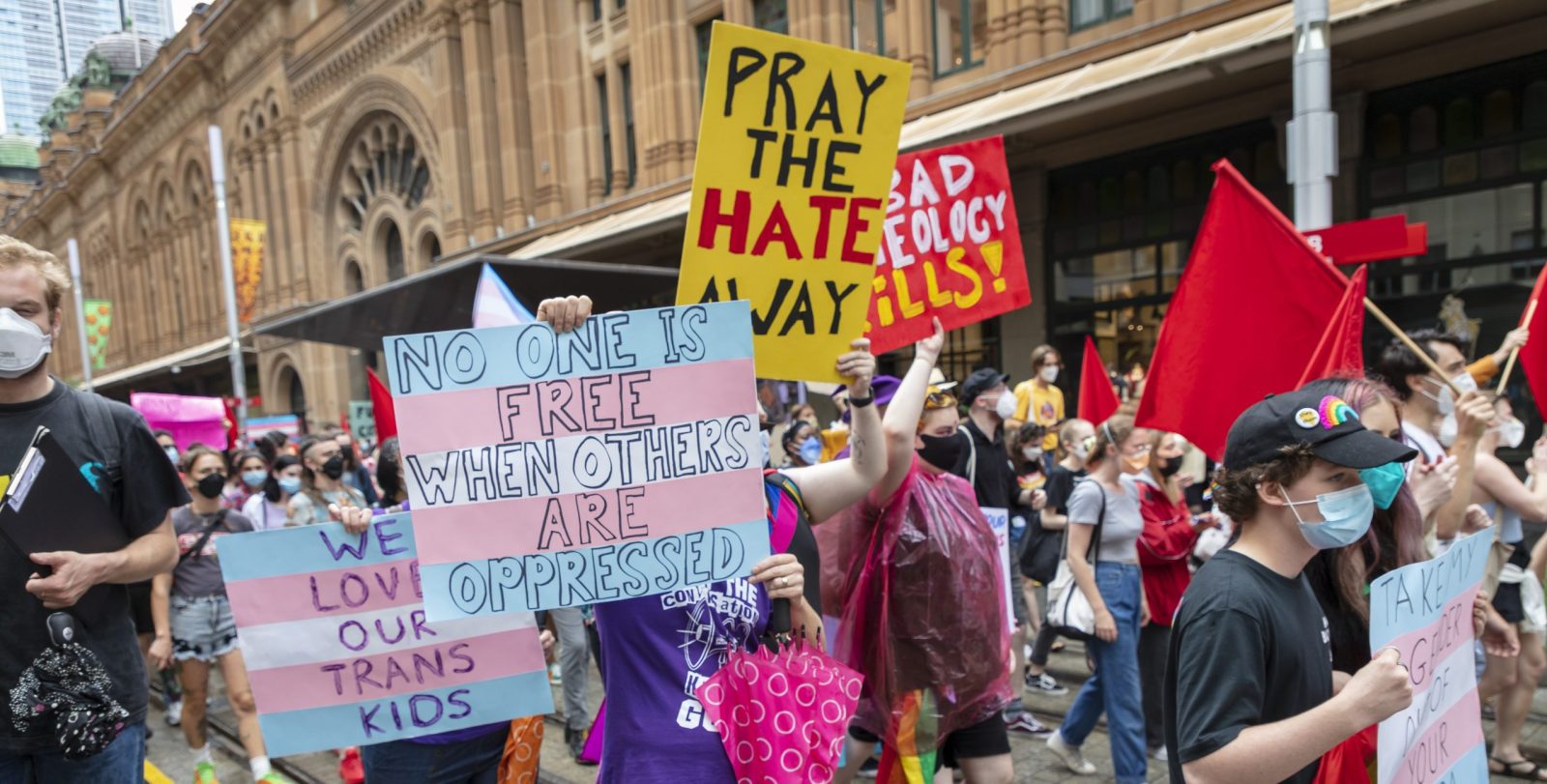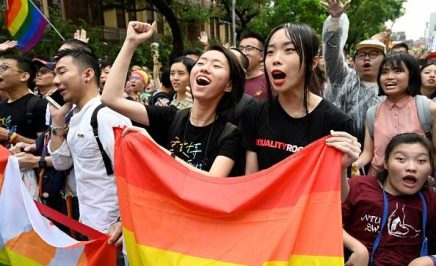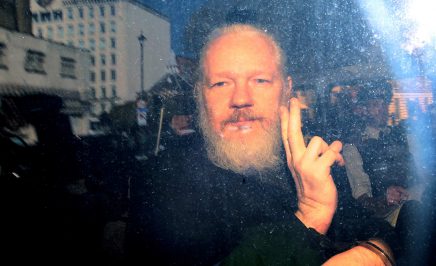Conversion practices, also known as Sexual Orientation and Gender Identity Change Efforts (SOGICE), are formal therapeutic and informal practices which target LGBTQA+ people of faith with the false ideology that their sexual orientation, gender identity or gender and sexual expression can be changed or suppressed.
While these practices are commonly misrepresented in the media as ‘gay conversion therapy’, Australian survivor groups prefer the term ‘LGBTQA+ conversion practices’ as it more accurately captures the ways in which conversion ideology specifically targets LGBTQA+ people through practices beyond formal therapy.
History
The conversion movement became widespread in Australia by the 1970s and was originally known as the ex-gay movement. The movement operated under the belief that same-sex attraction or transgender identity/expression was ‘unnatural’ and could be altered through prayer, personal effort or through celibacy and/or heterosexual marriage. Some branches also saw same-sex attraction as the result of spiritual influence. These beliefs became the basis of conversion ideology and how it operates today.
Conversion practices in the 1970s were a mix of psychoanalytic, psycho-therapy and spiritual practices including counselling, support groups, spiritual interventions, residential camps and accountability groups. By 1985, conversion practices had become both nationally and internationally formalised with a coalition of ‘ex-gay organisations’ in Australia and New Zealand forming Restoration Ministries, which later joined Exodus International a global ‘ex-gay’ umbrella group.
In the 1990s social attitudes towards LGBTQA+ people shifted and the language of conversion practices became more implicit. Conversion practices were often described as “freeing” LGBTQA+ people from experiencing “unwanted” same-sex attraction or gender divergence. Despite this change in language, conversion practices remained largely the same.
Common myths about conversion practices
“Conversion practices are outdated and easy to spot”
Media coverage of conversion practices often represents them as outdated, explicitly homophobic and formal. However, since the 1990s conversion practices have frequently hidden their anti-LGBTQA+ ideology by representing these practices as part of spiritual healing, mental health and religious liberty. These practices are often carried out in the context of pastoral care, prayer ministry, ‘accountability’ groups or in therapeutic contexts such as counsellors or life coaches. Because of this, they can often be difficult to spot and rationalised by religious groups as providing care for “unwanted” same-sex desire/gender expression. However, conversion practices can be identified by their common beliefs in conversion ideology.
“Being against conversion practices is a threat to religious freedom”
While conservative religious beliefs about ‘sexual sin’ are often still considered harmful to LGBTQA+ people, religious beliefs are different to conversion practice ideology, which is the belief system which underpins all conversion practices.
Conversion practice ideology is the belief that all humans are born with the potential to develop into heterosexual, cisgender people and those that do not have had their development stunted through abuse, neglect, social influence, inappropriate parenting or spiritual issues. Those that are not cisgender or heterosexual are labelled as ‘broken’ and are thought to be fixed through celibacy, heterosexual marriage, consistent long-term devotion, spiritual mentoring, avoidance or suppression of all LGBTQA+ influences and ongoing conversion practices. It is believed that those who undergo this commitment will either become heterosexual and cisgender or will overcome their ‘sexual brokenness’.
It is important to recognise that conversion practices and religious beliefs are very different. Advocacy groups are specifically targeting the use of conversion ideology practices which restrict the human rights of LGBTQA+ people.
“It doesn’t happen anymore” or “conversion practices don’t happen in Australia”
According to the Human Rights Centre report Preventing Harm, Promoting Justice, 10% of LGBTQA+ Australians are vulnerable to conversion practices and there are currently at least ten organisations publicly advertising conversion practices in Australia and New Zealand.
In Australia, legislation to combat conversion practices still has a long way to go. Thanks to the advocacy of survivors and allies, LGBTQA+ Victorians are now protected from harmful conversion practices. Victoria’s world-leading legislation came into effect in February 2022 – it is based on the most comprehensive research and informed by the most prominent survivor groups in the world. It goes to the heart of conversion ideology and practices, and carefully and incisively identifies religious practices where intent to change or suppress is present in the context of individual-focused interactions and where demonstrable harm results.
Laws banning conversion practices have also been passed in the ACT and Queensland. However, Queensland’s legislation is also among the weakest in the world – only covering extremely rare conversion practices that occur in formal healthcare settings. Survivors have also added that the ACT law is missing vital clauses seen in similar laws overseas.
What can we do to stop conversion practices?
Together, we can pressure Australian governments to work with survivors groups, such as SOGICE Survivors and Brave Network, to draft effective legislation to combat conversion practices.
By signing Amnesty’s petition against conversion practices, you can support the Sexual Orientation and Gender Identity Change Efforts (SOGICE) Survivor Statement and call on the Australian Government to end conversion practices.



